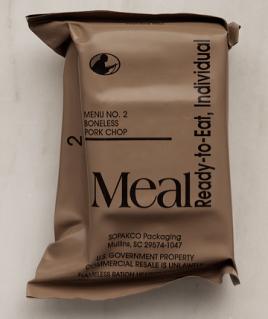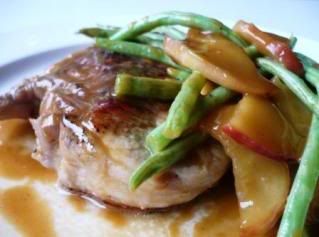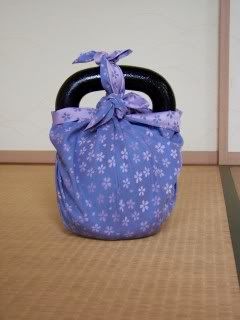And, he tells me about how his Eleiko olympic barbell came in a box... a wooden box - like Cuban cigars, or a fine wine.
In the story he retells, the packaging the barbell came in is given as much attention as the barbell itself. And with good reason - packaging and presentation are as important as the product itself. Think of this in terms of food: if an inmate with a cigarette hanging from his mouth ladles some swill into a paper bowl and tosses it at you, will it taste worse or better than if a soup is served to you by an attentive and good looking waiter or waitress in a gourmet restaurant accompanied by pleasant ambiance and company you enjoy?


Packaging, in terms of training and coaching, is framing - rebooting or rearranging background knowledge and schemata so that new lessons can be learned, new skills practiced, and new strengths developed. Proper packaging helps the trainee to see the value and purpose in a program, exercise, or tool. It is not marketing per se, because some degree of buy-in is assumed here. Rather, it is an integral part of the lesson - previewing and priming the main course yet to come.

The following short list has ideas for packaging a training lesson. Modality is not fixed and mixing things up from time to time is recommended - using bodyweight or bands or freeweights, for example, or using a white board, chalk, or Power Point. The techniques, depending on time, content, and audience, may be the frame through which a lesson is viewed, or the bulk of the lesson itself.
Anecdotes
Pictures, Charts, Graphs, Visuals
Demonstrations
Video of Athletes
Activation/Isolation Exercises
Mobility Drills & Stretches
Analogies
Cues
Slow Motion
Reverse Engineering
Slogans/Sound Bytes
Success Stories
Statement of Purpose
Outlines
Pose A Problem
Simulation
Real-life Application
Coaches, how are you packaging what you are teaching? Are you ladling up swill? Or, are you sending an Eleiko olympic barbell in wooden box?













